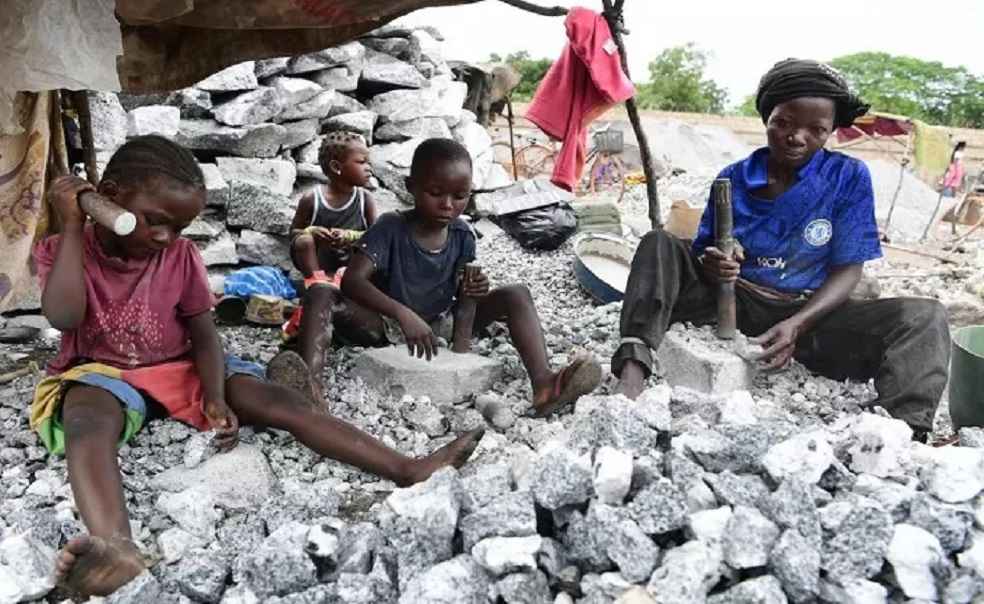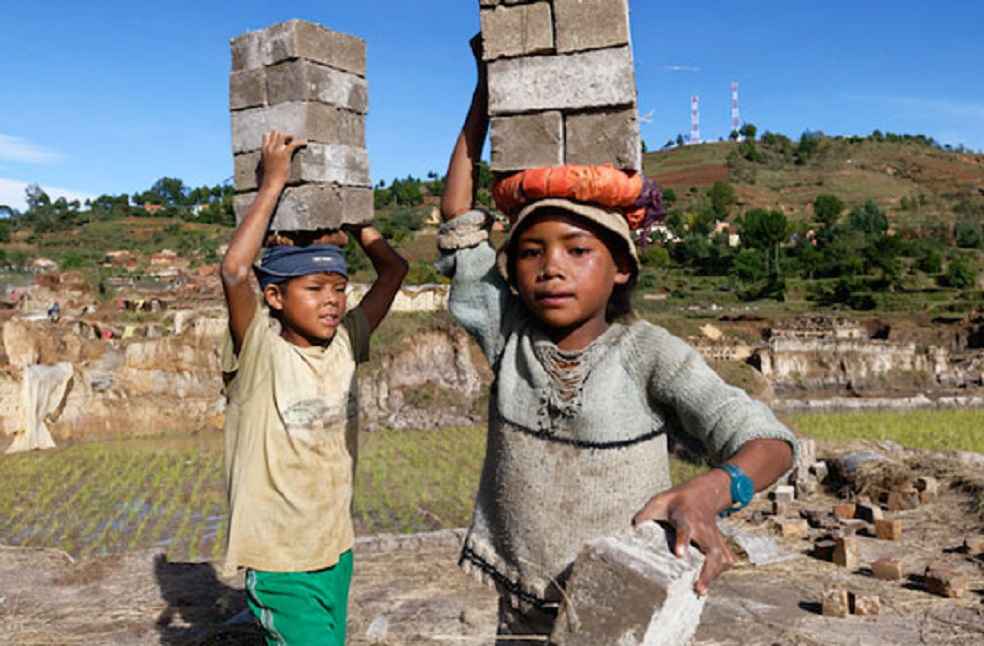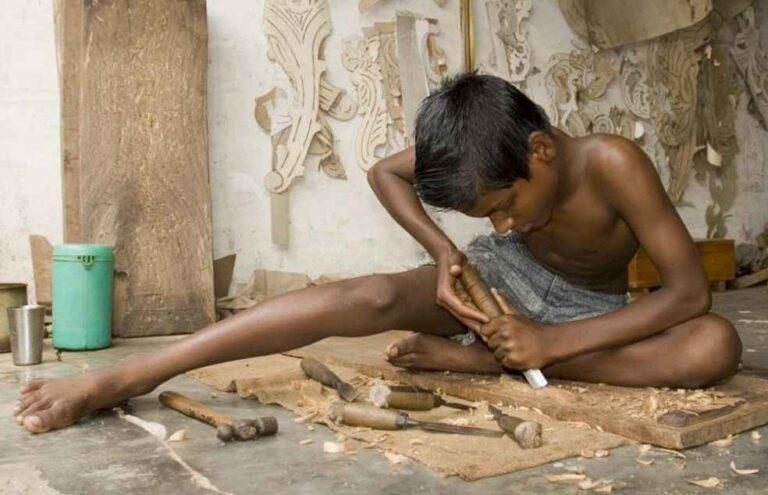Geneva (ILO News): Child labor has risen significantly for the first time in two decades, according to a new report by the International Labour Organization (ILO) and UNICEF. The report warns that progress to end child labor has stalled for the first time in 20 years, reversing the previous downward trend that saw child labor decrease by 94 million between 2000 and 2016.
The new estimates suggest there are now 160 million children in child labor, an increase of 8.4 million since 2016. This is the first time child labor has increased since 2000. Of these 160 million children:
- 79 million are in hazardous work that directly endangers their health, safety, and moral development.
- 8 million are in forced labor, including in the commercial sex industry and domestic work.
- 152 million are victims of child labor in the Asia-Pacific region, which has the highest number of child laborers in the world.
In India:
- India has the highest number of children engaged in child labor in the world, with an estimated 10.1 million child laborers aged 5-17 years old.
- 56% of child laborers in India are engaged in agriculture, forestry, and fishing, while 23% are engaged in the manufacturing sector.
- 84% of child laborers in India are unpaid family workers.
- The majority of child laborers in India are boys, with 70% of child laborers being male and 30% being female.
- Child labor is most prevalent among the Dalit (formerly known as “untouchables”) and Adivasi (indigenous) communities in India.
- The Indian government has implemented several policies and programs to address child labor, including the National Child Labour Project, the Right to Education Act, and the National Policy on Child Labour.

The report, which analyzes trends in 100 countries, warns that progress to end child labor has stalled due to a combination of factors, including conflict, climate change, and COVID-19. The pandemic has forced many children out of school and into work, with a significant number of children engaged in hazardous work that puts their health and safety at risk.
“The COVID-19 crisis has had a devastating effect on children, pushing millions into child labor,” said ILO Director-General Guy Ryder. “We must act now to stop the rise of child labor, and to ensure that every child is protected and able to reach their full potential.”
The report also warns that the economic impact of the COVID-19 pandemic has hit the poorest families hardest, forcing many to resort to child labor to make ends meet. This is particularly true in countries with weak social protection systems, where children are often forced to work to help support their families.

“The new estimates are a wake-up call. We cannot stand by while a new generation of children is put at risk,” said Henrietta Fore, UNICEF Executive Director. “We need to invest in family-friendly policies that support parents and caregivers to keep their children in school and out of work, as well as social protection programs that reach the most vulnerable.”
The report also highlights the continued importance of education in reducing child labor. Children who are out of school are at a much greater risk of being forced into child labor, particularly in areas affected by conflict, natural disasters, and other crises.
“Education is a key part of the solution to end child labor,” said Ryder. “We need to ensure that all children have access to quality education, so that they can build a better future for themselves and their families.”



